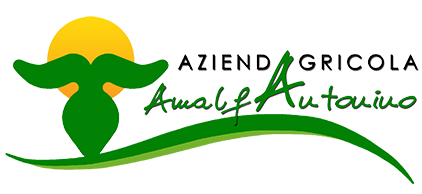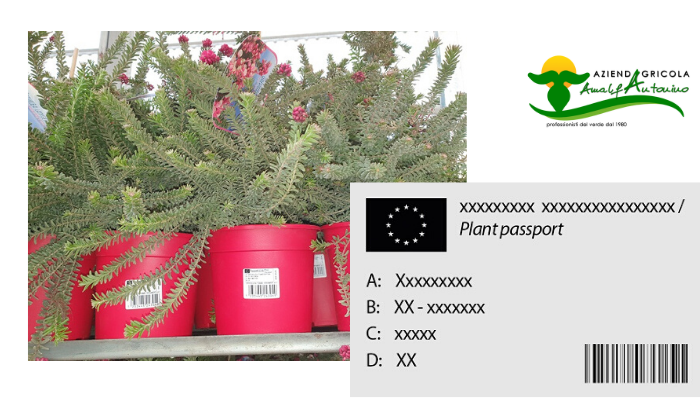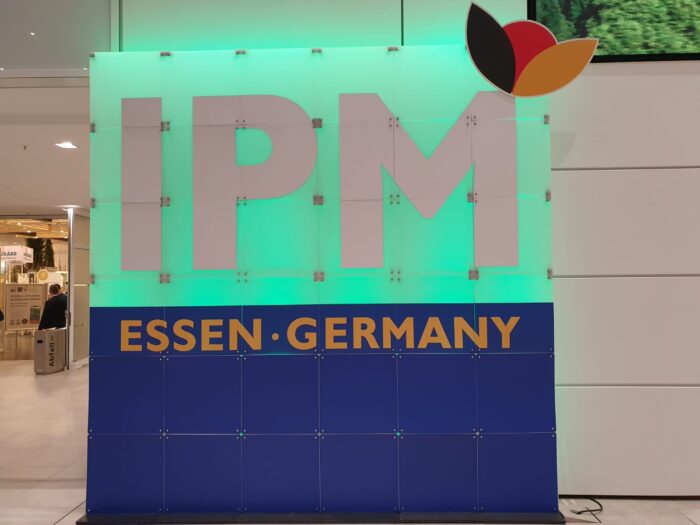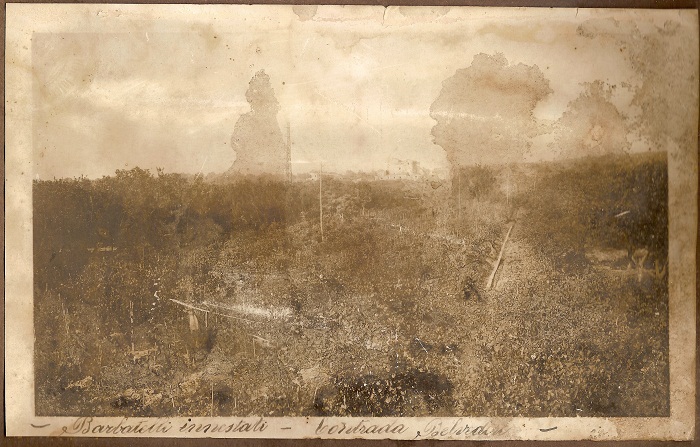Here is an helpful vademecum to understand all the new rules.
The new European phytosanitary regulation entered into force on 14 December 2019. Based on the 2016/2031 / EU regulation, all plants and products specified by the new legislation can be marketed and handled within the European territory only if accompanied by a plant passport (PP) or a plant passport for protected areas ( ZP). This is to ensure the traceability of the products circulating within the European Union and certify their health.
The passport will thus be recognizable regardless of the Member State of origin of the plants and plant products. The professional operators concerned must be registered in the Official Register of Professional Operators (RUOP) and have had the authorization of the plant passport from the competent phytosanitary service per company center.
What is a European Plant Passaport (PP)
The plant passport is an official label used for the movement of plants, plant products and other objects in the territory of the Union and, if necessary, for their introduction and their movement in protected areas, which certifies respect for all the phytosanitary requirements foreseen by regulation 2016/2031 and whose content and format comply with article 83 of reg. EU 2016/2031 and Implementing Regulation (EU) 2017/2313.
In the image below we offer you an example of the new PP.
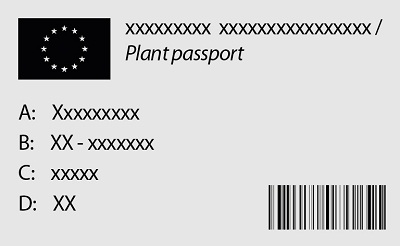
B = IT + RUOP registration number
C = Province abbreviation + progressive company center number + company traceability code
D = Abbreviation of the country of origin
The plant passport must be easily visible and clearly legible and the information reported must be unalterable and lasting.
What is the traceability code?
The goods tracking code is a fundamental component of the new phytosanitary passport. The operator, in order to ensure traceability, must be able, through the recording of data, to indicate the origin of the goods to the phytosanitary service, to whoever has transferred it and all the relevant information relating to the plant passport . The traceability code can also be integrated by a reference to a single bar code, hologram, chip or other traceability data medium, present on the sales unit.
Where to put the Plant Passport?
The new plant passport must be affixed to the smallest commercial unit of the goods (sales unit) as a separate label, integrated into existing labels, printed directly on pots or on the packaging. The accompanying documents (invoice, delivery note etc.) must no longer include information relating to the phytosanitary passport.
What is the sales unit?
The sales unit is the smallest unit, commercial or other, usable in the marketing phase, which can constitute the subset or set of a lot.
What is a lot?
The Lot is a series of units of a single product, identifiable on the basis of the homogeneity of its composition, its origin and other relevant elements, which is part of a lot.
Plant passports issued from 14 December 2019 must comply with the new standardized models illustrated below. Plant passports issued before 14 December 2019 pursuant to Directive 92/105 / EEC will remain valid until 14 December 2023.
